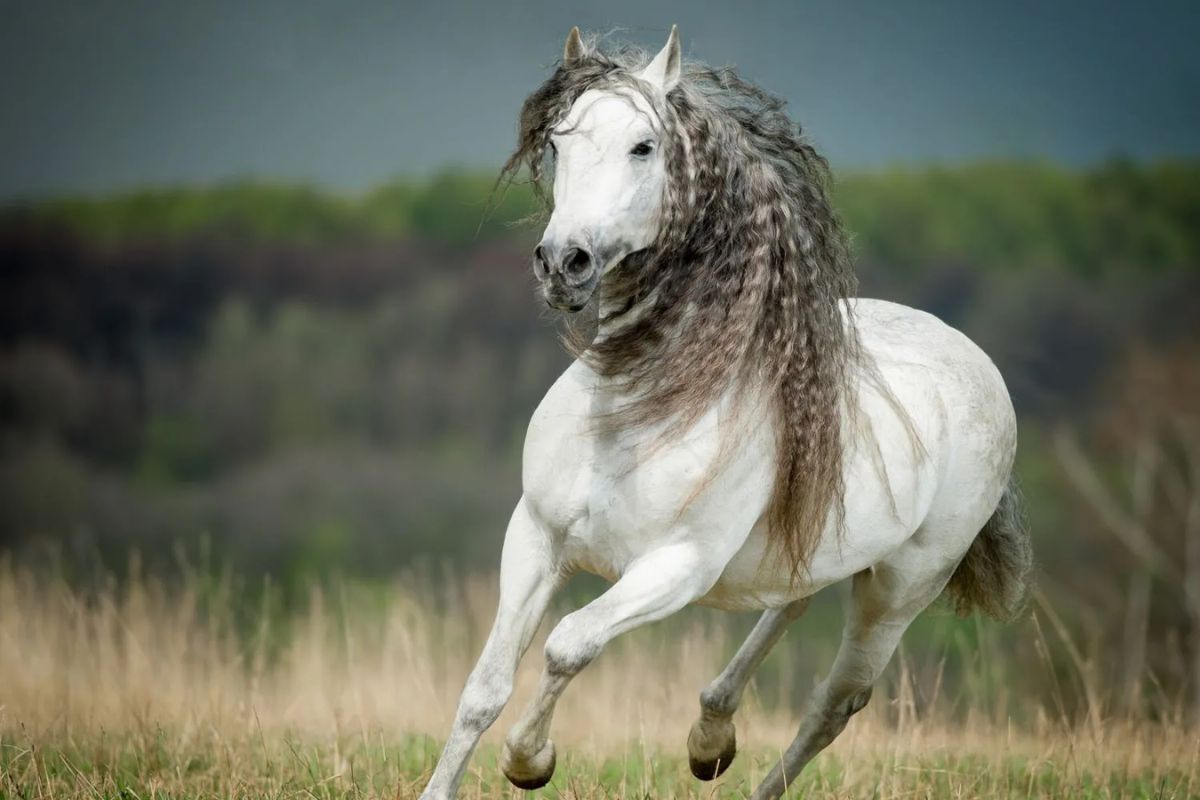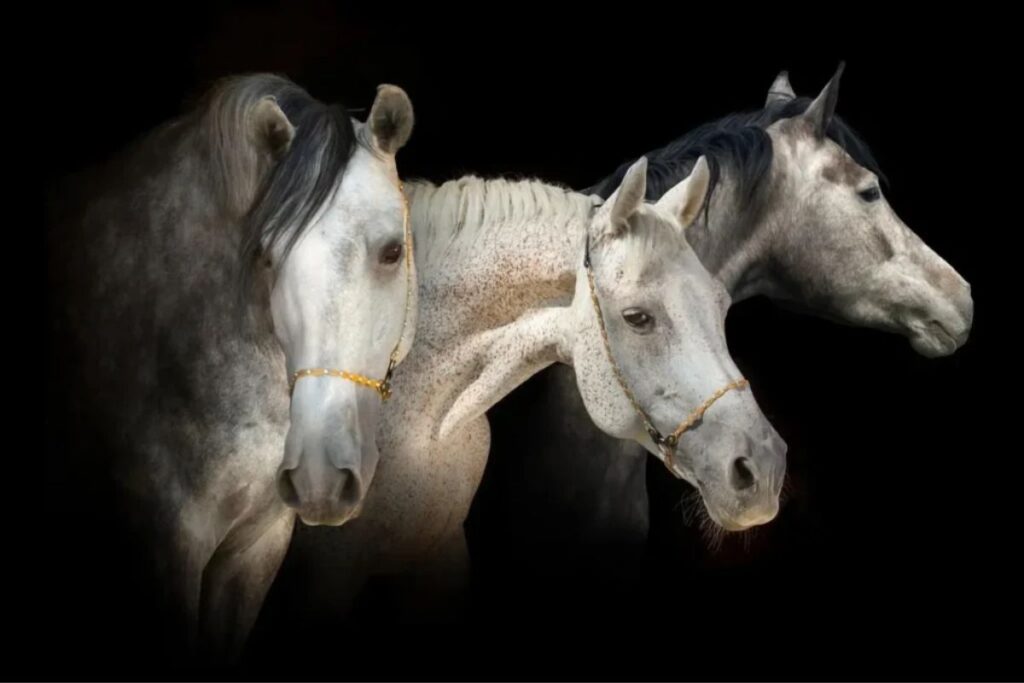Menu

There is something about an Andalusian horse that presses most equestrians' buttons. Perhaps it's the combination of power and grace, united in a beautiful exterior. Perhaps it's a mild temperament that can still be fired up in a high-strung passage in a split second that has made the breed so popular. Here, you can read the story of the fantastic and intelligent Andalusian horse.
Read also: Maremmana: The Calm and Intelligent
In the southern region of Andalusia in Spain, the roots of the Andalusian horse are established. Officially, the breed's name is Pura Raza Espanola, but here in Denmark, it is better known as the Spanish Horse or by the acronym P.R.E. In the Middle Ages, the breed was known from the region where it originated, and perhaps that is why the first Andalusian horses were designated based on where they came from and not on the blood they had in their veins.
King Felipe II (1527-1598) was the man who established a royal stud farm with the goal of breeding a horse that had the best possible conditions to serve the people's interests. The project of creating the ultimate horse meant that King Felipe used enormous sums from the state treasury to build the stud farm, buy horses, and run the stud farm. And he also had to come up with many excuses for the large consumption, not to fall out of favor. To this day, horses from the royal stud still bear the brand that was put into use as early as 1572: a crowned R, which was later expanded with a C around the crowned R. It denoted the supreme quality of Pura Raza Espanola horses.

The royal horse laid the world before its hooves because of its beauty, intelligence, temperament, and noble mind, and not least the well-known high knee lift, which we still appreciate in an Andalusian horse today. Mostly because they are qualities that set it apart from other horses. In its role as a warhorse, it possesses all the qualities required to perform under pressure. So it's not hard to see why this particular horse is popular in equestrian sports. Just as it is often experienced that the P.R.E Horse is used for tricks, horsemanship, and shows, as its high intelligence makes it extremely easy to train.
Read also: Konik: Small Horse in Polish
In 16th century Denmark, Pura Raza Espanola was considered the absolute best in riding horses. They were used in the cavalry, where the horse's tendency to make caprioles and rear on command while jumping forward meant that the rider could get out of life-threatening situations when the enemy invaded the carriage in war situations. Due to the horse's excellent qualities, they wanted to keep it in the Danish horse population. That meant that the breeding of the Knabstrupper and Frederiksborger horses was founded with the Andalusian horse as the ancestor. In several paintings of King Christian IV, you can see him on the back of a beautiful Spanish stallion. Christian IV was extremely interested in horses, which led him to import several Spanish horses to his stud farm to improve breeding.
During the 19th century, the Andalusian horse was in danger of extinction when wars broke out in Europe. Napoleon knew that the more Andalusians he used, the better his riders would be. Therefore, he and his officers naturally wanted the best they could find. With an army of 600,000 men, that meant a lot of Andalusians. A Spanish monk order, the Carthusians, also helped save the breed from extinction. The wars had taken a toll on the horse population, so the monks collected the best mares and preserved an old bloodline that still exists today.
Gradually, the Andalusian horse's popularity declined in Denmark as the need for war horses shifted to horses suitable for agriculture. Later, cars and farming machinery more or less took over the horse's role. However, since the mid-1990s, interest in baroque horses has risen, and thus, the Andalusian horse has had its own renaissance. Today, the population counts approximately 550 horses, including horses born in Denmark and imported horses from Spain. The number is still increasing, and the future looks promising for the Spanish horse breed in Denmark.
Read also: Horses around the world: 8 of the endangered breeds